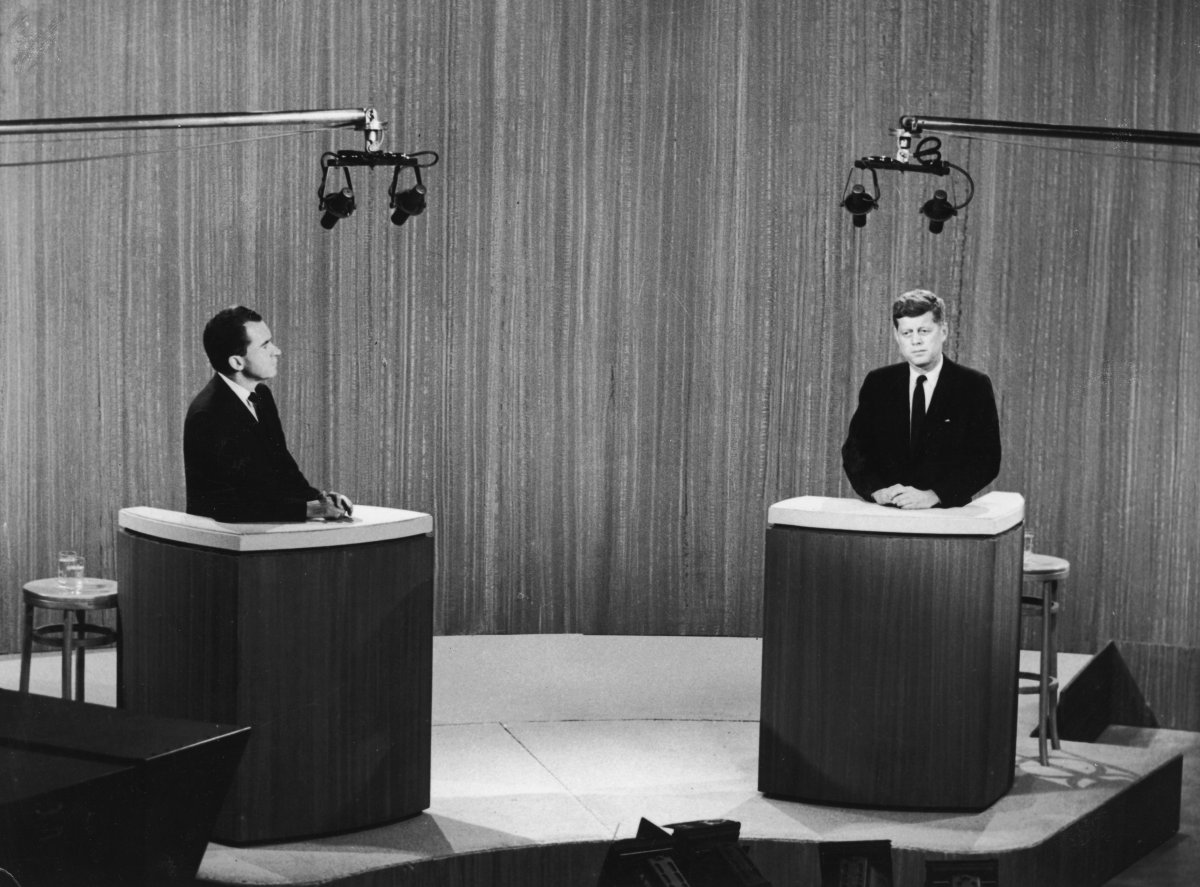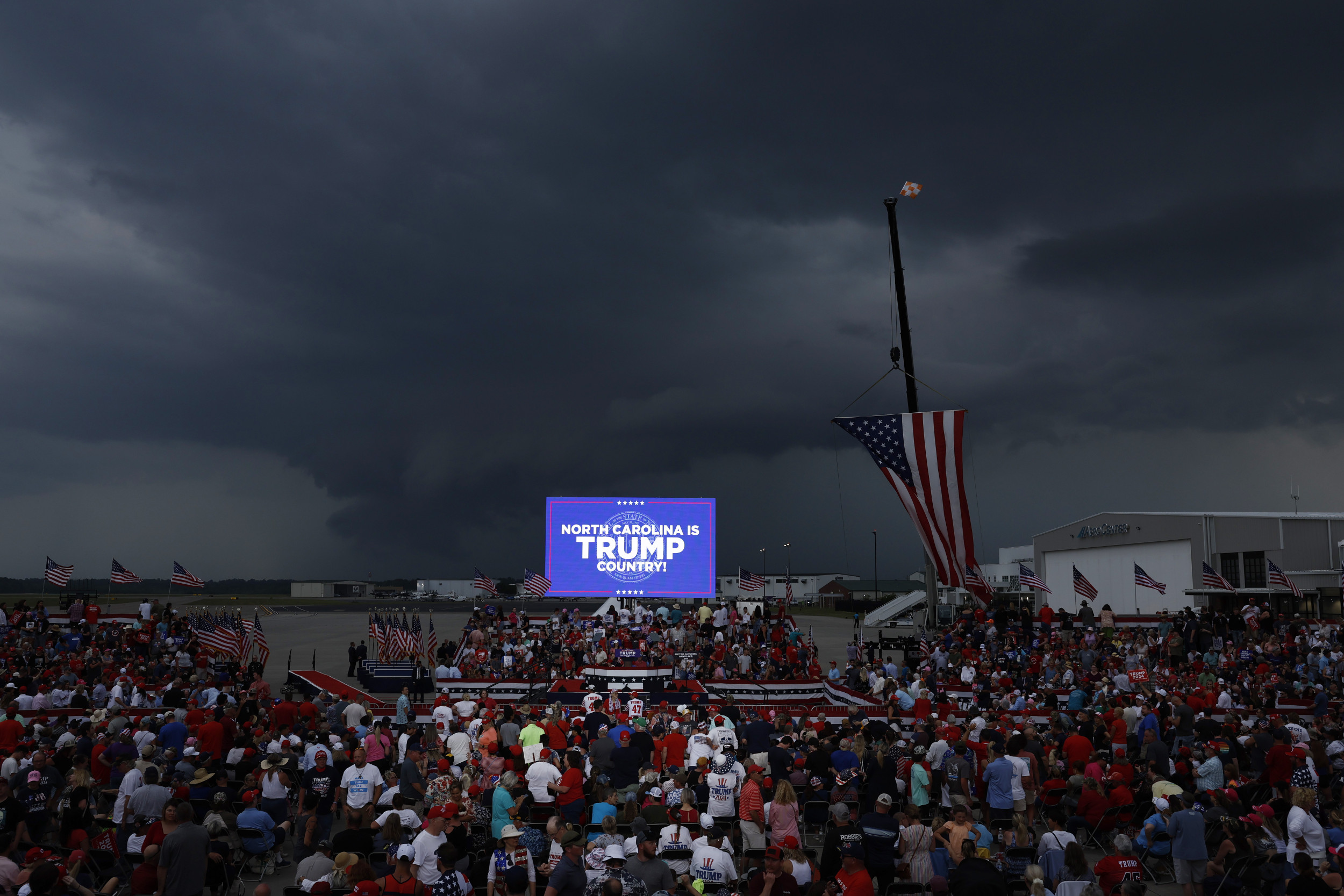There has been extensive debate between lawmakers as to the powers that the Constitution grants the vice president when Congress convenes to formally count electoral votes every four years.
It has been reported by Newsweek that Vice President Mike Pence is expected to preside over the Electoral College certification on January 6. Pence is not the first vice president to perform his duties during a joint session that would confirm victory for his opponents.
According to The Washington Post, Vice President Al Gore was required to certify then-Texas Governor George W. Bush's victory in 2000. Vice President Richard Nixon found himself in a similar situation after the 1960 presidential election, when he was defeated by then-Massachusetts Senator John F. Kennedy, but now there's debate over how he handled his constitutional responsibility.
The Claim
Charlie Kirk, host of The Charlie Kirk Show on talk radio, and founder and president of the conservative organization Turning Point USA, claimed that Nixon "rejected Hawaii's 'certified' election results" in 1960 "because of irregularities and fraud."
He also claimed that "the President of the Senate, VP, has full authority to reject a state's electors."
Similar statements about the powers of the vice president were made in a lawsuit against Pence brought on by Representative Louie Gohmert (R-Texas) and a number of would-be electors from Arizona. According to USA Today, that lawsuit was dismissed by a federal judge.
The question remains: How did Nixon preside over the joint session that certified Kennedy's presidential victory?
Did you know:
— Charlie Kirk (@charliekirk11) January 3, 2021
In 1960 Nixon as Vice President rejected Hawaii’s “certified” election results because of irregularities and fraud.
The President of the Senate, VP, has full authority to reject a states electors
Lots of precedent and options!
The Facts
As previously reported by Newsweek, the vice president presides over the proceedings and opens the certificates to be officially counted.
The 12th Amendment states that, "The President of the Senate shall, in the presence of the Senate and House of Representatives, open all the certificates and the votes shall then be counted; the person having the greatest number of votes for President, shall be the President, if such number be a majority of the whole number of electors appointed; and if no person have such majority, then from the persons having the highest numbers not exceeding three on the list of those voted for as President, the House of Representatives shall choose immediately, by ballot, the President."
According to Roll Call, there was a dispute in 1960 as to which candidate had won the electoral votes from Hawaii. It originally was determined that Nixon had narrowly won the votes in Hawaii, but Kennedy's team called for a recount, which revealed that Kennedy had won the state.
However, Hawaii Governor William Francis Quinn certified both the Republican and Democratic slate of electors to be counted at the joint session, first sending the Republican slate of electors, then sending the Democratic slate after the official recount.
According to the Library of Congress, "When citizens cast their ballots for president in the popular vote, they elect a slate of electors. Electors then cast the votes that decide who becomes president of the United States."
Because the Democratic slate of electors arrived after the recount, and was deemed more accurate than the Republican slate of electors, Nixon, a Republican, asked for unanimous consent to count the Democratic slate, certifying Kennedy's victory.
In our campaigns, no matter how hard-fought they may be, no matter how close the election may turn out to be, those who lose accept the verdict, and support those who win.
In a phone call with Newsweek, Bridget and Thomas Black SUNY Distinguished Professor James A. Gardner at the University of Buffalo School of Law spoke about why two slates of electors were sent to the joint session in 1960.
"At that point, the governor said, 'You know, 'I certified the wrong slate of electors. I don't know what to do other than certify a different slate of electors now that our system has concluded its process' and so he did," Gardner said.
"And so, one of the things Nixon pointed to while he was presiding over the joint session was, he said, 'Look, the later slate is actually a more accurate result because the Hawaiian court had a chance to conclude their oversight process.' That was also helpful to his parliamentary maneuver."
Gardner also said that Nixon asking for unanimous consent allowed him to bypass the Electoral Count Act of 1887.
"There's two different aspects of being the presiding officer at this session," Gardner said. "One is that there is a law that applies and that's the Electoral Count Act. So there are procedures that Congress established in 1887 to control the way the counting proceeds. But there's another aspect, which is when you are the presiding officer of a legislative body, there's a whole corpus of parliamentary customs and procedures that may be relevant and which can be resorted to.
"So what Nixon did was he bypassed the Electoral Count Act by invoking a very standard parliamentary procedure and that procedure is to ask unanimous consent...and this is the way that leaders of legislative bodies can cut some corners to get to a result that they might have ended up with anyway. So he asked unanimous consent to simply count the Democratic electoral slate."
Gardner went on to say that Nixon's maneuver was "a statesman-like act of self-sacrifice [that] was easily approved unanimously by the joint session."
According to The Washington Post, Nixon made a statement at the joint session.
"I do not think we could have a more striking and eloquent example of the stability of our Constitutional system and of the proud tradition of the American people of developing, respecting and honoring institutions of self-government," Nixon said.
"In our campaigns, no matter how hard-fought they may be, no matter how close the election may turn out to be, those who lose accept the verdict, and support those who win."
The Ruling
False.
The vice president does not have "full authority to reject a state's electors'' as Kirk tweeted.
However, Nixon was able to use a parliamentary procedure and ask for unanimous consent to count the Democratic slate certified by the Hawaii governor, which secured Kennedy's Electoral College victory.

Uncommon Knowledge
Newsweek is committed to challenging conventional wisdom and finding connections in the search for common ground.
Newsweek is committed to challenging conventional wisdom and finding connections in the search for common ground.
About the writer
To read how Newsweek uses AI as a newsroom tool, Click here.








